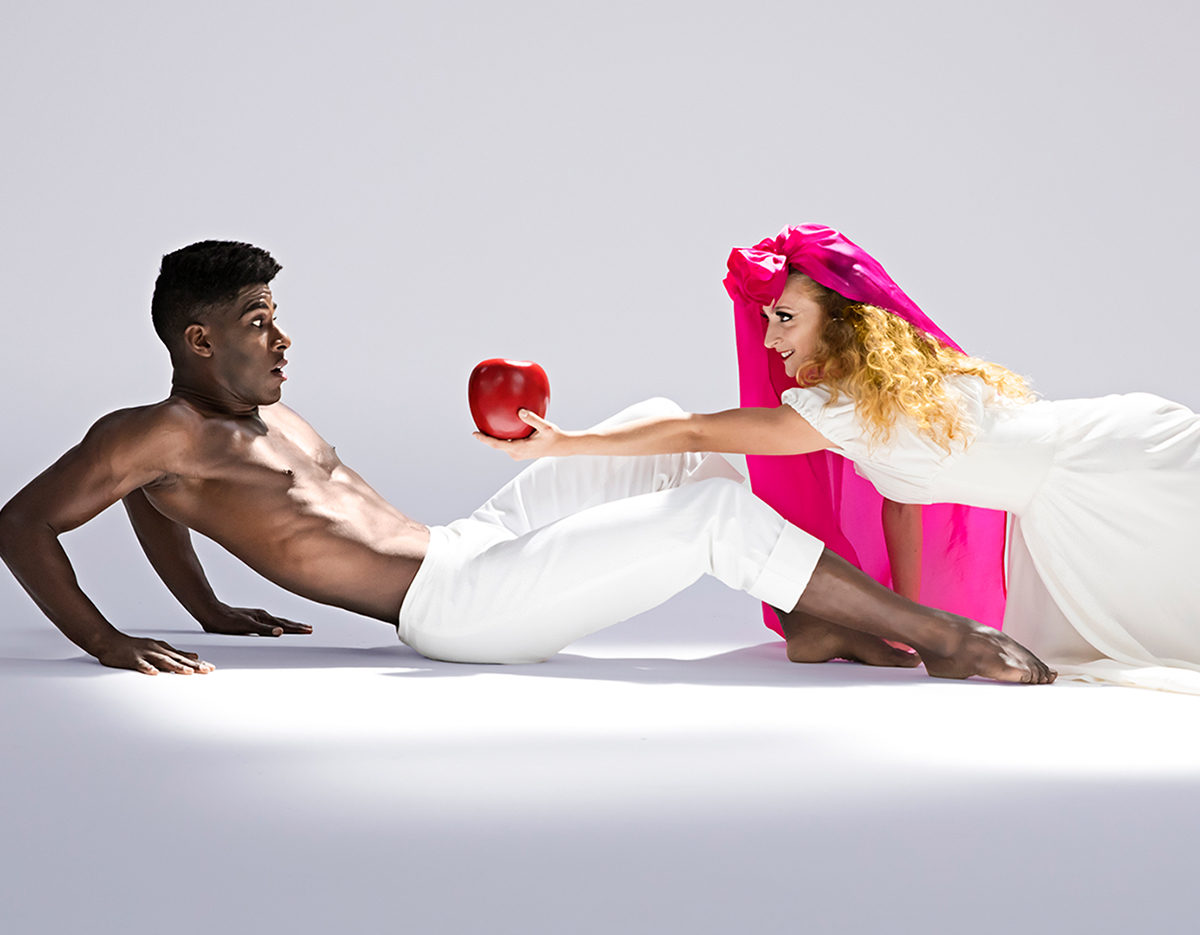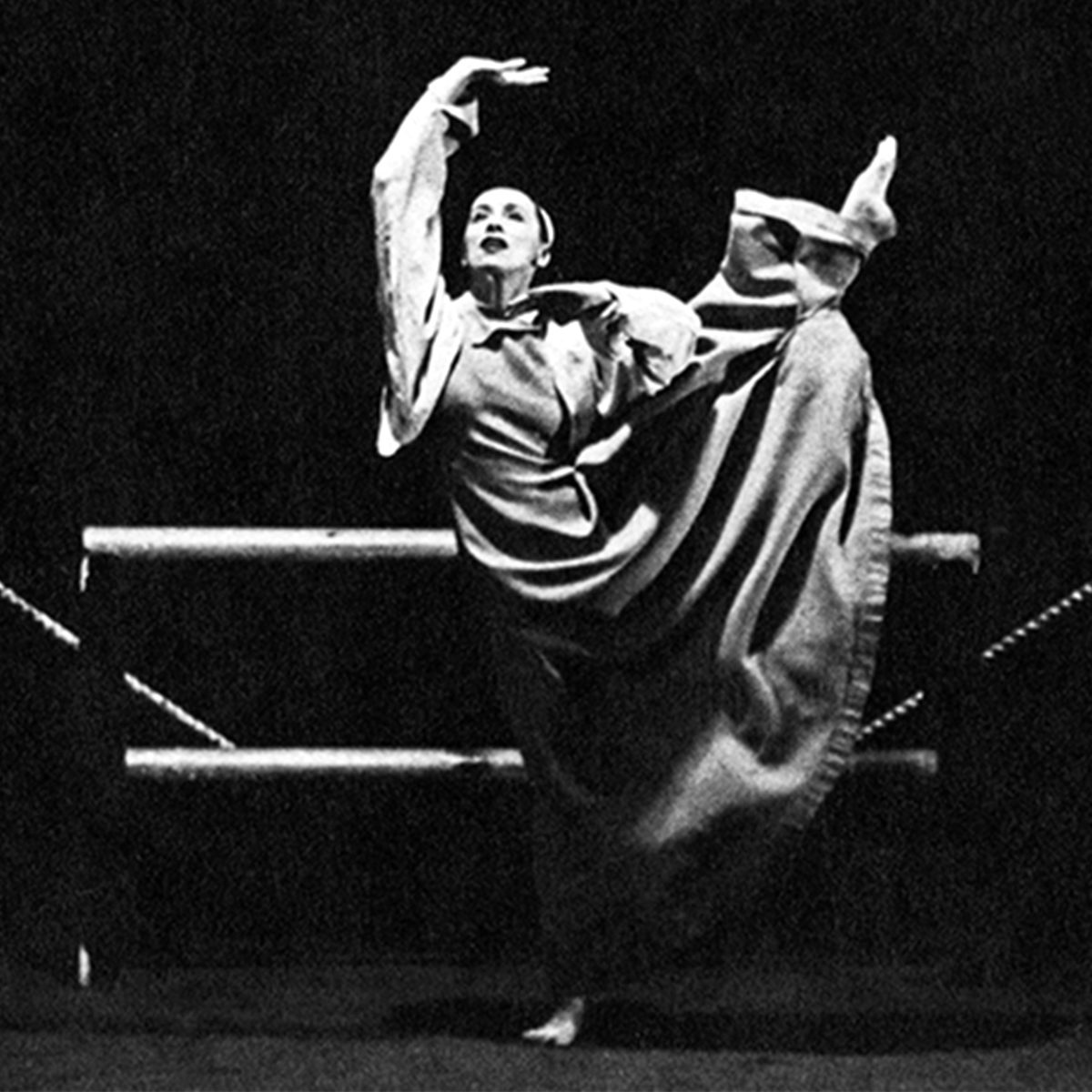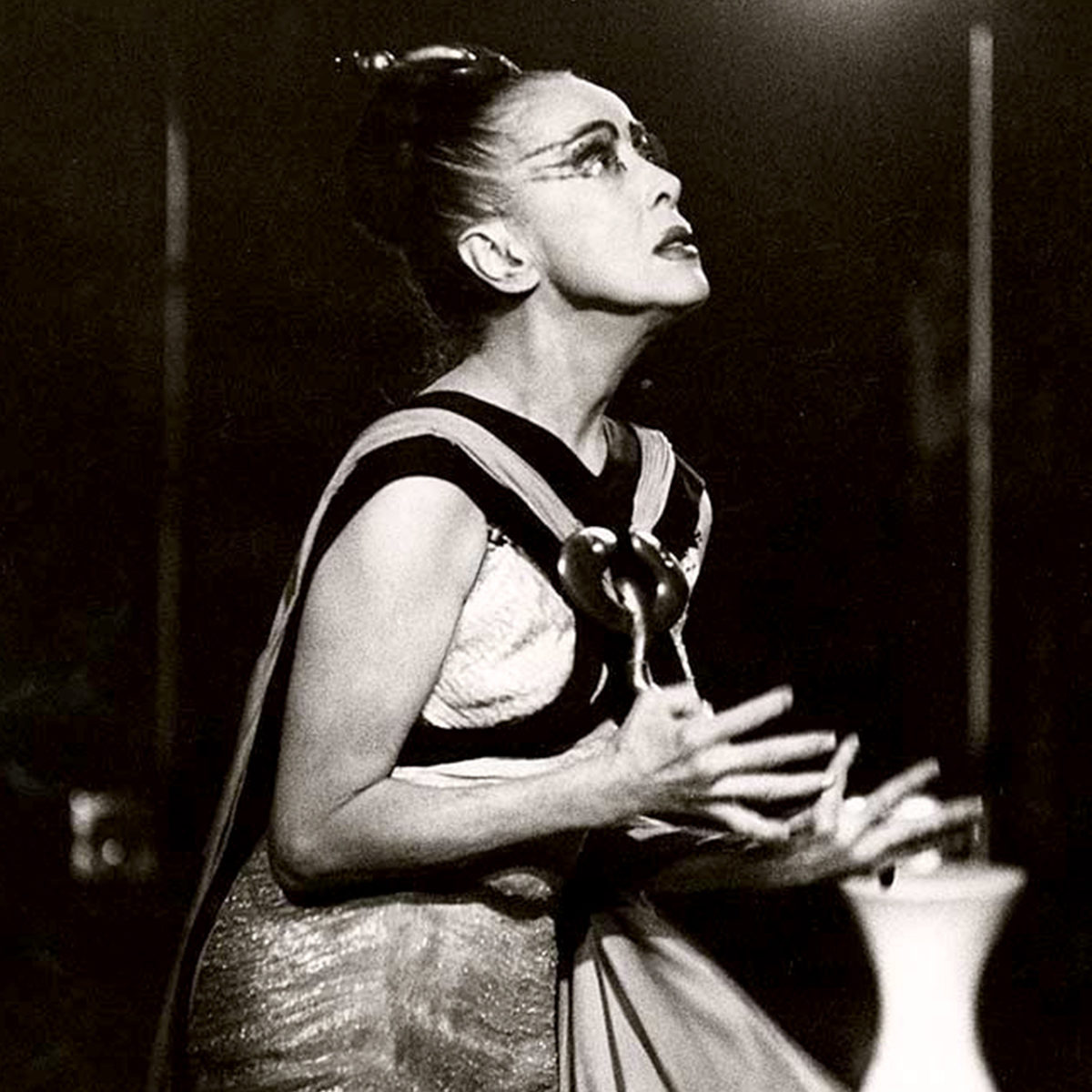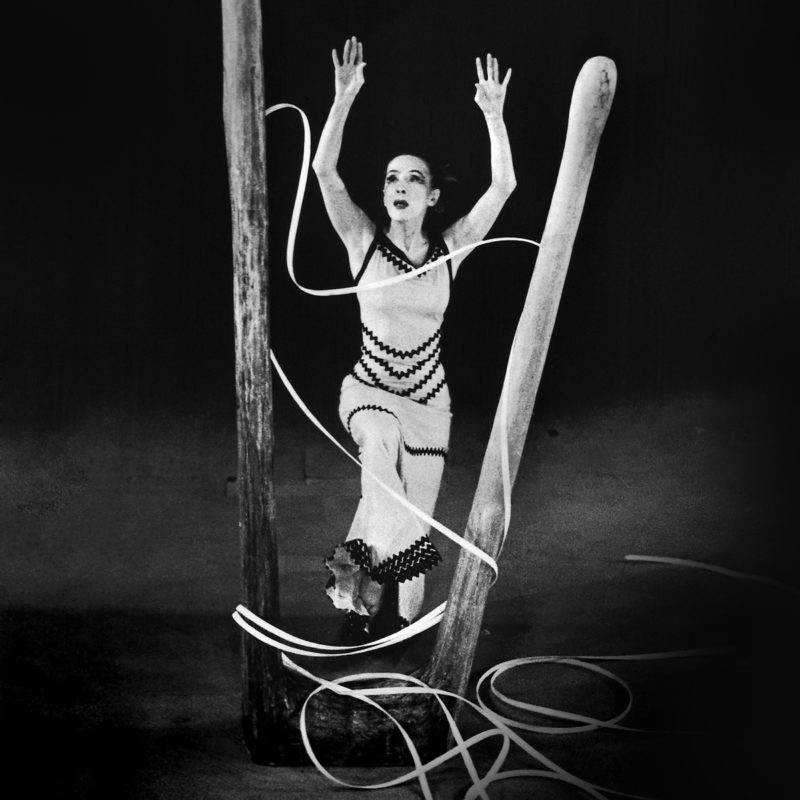

“First we have to believe and then we believe.” – Martha Graham
In celebration of the upcoming hundredth anniversary of the 19th Amendment, which finally extended the right to vote to women in the U.S., the Martha Graham Dance Company has announced The EVE Project — a guiding force behind the Company’s 2018–19 and 2019–20 seasons.
The EVE Project honors not only the progress of women in the last 100 years, but also provides entrée into today’s most pressing conversations about gender and power. New works from several female choreographers have been commissioned, and the classic repertory will feature both Martha Graham’s heroines and anti-heroines — all with an underlying statement about female power.

“The EVE Project is intended to connect audiences—in the ephemeral and visceral way dance does—to both historical and contemporary ideas of the feminine,”
says Janet Eilber, Artistic Director of the Martha Graham Dance Company. “It provides a lens through which to consider Graham’s transformative views of women in concert with the immediate and personal creations of today’s visionary dance makers.”
THE 19 POSES FOR THE 19th AMENDMENT
Created as part of The EVE Project, The 19 Poses both honors the Suffragettes and accentuates Martha Graham’s revolutionary approach to representing women onstage. In an era when women characters in dance were generally Goddesses, Princesses, Flowers or Swans, Graham began dancing complex, flawed, determined, and very powerful women – both heroines and anti heroines – Medea, Phaedra, Jocasta, Emily Dickinson, and Clytemnestra – to name just a few.
We’ve chosen 19 photographs of Graham in evocative moments from various performances from her long career. The power inherent in the poses is offered to anyone who choses to own them – to learn, remember and make then their own.

Pose #1: Prelude to Action
Graham leads her company of women in her timeless anti-war statement, Chronicle — created the same year she rejected an invitation from the Nazis to dance in Germany. Premiere: 1936. Photographer: Robert Fraser

Pose #2: Revolt
Graham’s first dance of social commentary, a solo speaking for the individual and the outraged spirit. Premiere: 1927. Photographer: Soichi Sunami

Pose #3: Clytemnestra
In one of her most complex creations, Graham plays Agamemnon’s Queen and murderer, reflecting on her deeds and defending them to the Gods. Premiere: 1958. Photographer: Martha Swope

Pose #4: Phaedra
Graham as another conflicted Greek queen – Phaedra is driven to suicide by her uncontrollable lust and guilt. Premiere: 1962. Photographer: unknown

Pose #5: Immigrant: Steerage, Strike
An emotional Graham solo, now lost, inspired by “the animalistic defiance of immigrant labor alive to new forces and broader visions” (original program note.) Premiere: 1928. Photographer: Soichi Sunami

Pose #6: Satyric Festival Song
A comedic Graham solo in which she makes fun of her own serious reputation. Premiere: 1932. Photographer: unknown

Pose #7: Masque from Chronicle
Graham leads her company of women in her timeless anti-war statement from 1936. Photographer: Robert Fraser

Pose #8: Frontier
A Graham solo in which a young woman faces the future with hope, determination and courage. Premiere: 1935. Photographer: Barbara Morgan

Pose #9: Spectre 1914
A solo from Chronicle representing the foreboding prelude to war and warning audiences in 1936 about the rise of fascism in Europe. Premiere: 1936. Photographer: unknown

Pose #10: American Document
A patriotic dance/drama intended to celebrate democracy and freedom in the face of terrible events taking place in Europe – the beginnings of WWII. Premiere: 1939. Photographer: Barbara Morgan

Pose #11: American Provincials
This work, now lost, had as its background the world of Hawthorne’s The Scarlet Letter. “… a mighty and terrifying holiness is evoked with heroic frenzy.” (New York Times review) Premiere: 1934. Photographer: Barbara Morgan

Pose #12: Clytemnestra
Graham’s complex retelling of Agamemnon’s demise told from the perspective of his Queen and murderer. Graham, in the title role, took one of the most reviled characters in Greek tragedy and made her the relatable protagonist of this masterwork. Premiere: 1958. Photographer: Martha Swope

Pose #13: Letter to the World
Graham as Emily Dickinson in a dance that uses a narrator and multiple characters to evoke the world of the poet’s imagination. Premiere: 1940. Photographer: Barbara Morgan

Pose #14: Immediate Tragedy
Graham embodying the outrage of Spanish women in a solo protesting the events taking place during the civil war in Spain. Premiere: 1937. Photographer: Barbara Morgan

Pose #15: Frontier
A Graham solo in which a young woman faces the future with hope, determination and courage. Premiere: 1935. Photographer: Barbara Morgan

Pose #16: Night Journey
Graham’s brilliant retelling of the Oedipus tragedy told through the memories of his mother and wife, Jocasta. Premiere: 1947. Photographer: unknown

Pose #17: Immigrant: Steerage, Strike
An emotional Graham solo, now lost, inspired by “the animalistic defiance of immigrant labor alive to new forces and broader visions” (original program note.) Premiere: 1928. Photographer: Soichi Sunami

Pose #18: Primitive Mysteries
Graham as Mary in her ground-breaking modernist, ritualistic homage to the Virgin. Premiere: 1931. Photographer: Barbara Morgan

Pose #19: Errand into the Maze
Graham emerging from the maze. Based on the myth of Theseus and the Minotaur, a woman goes into the maze of her own psyche to conquer her own fears. Premiere: 1947. Photographer: Pictorial Press, London
